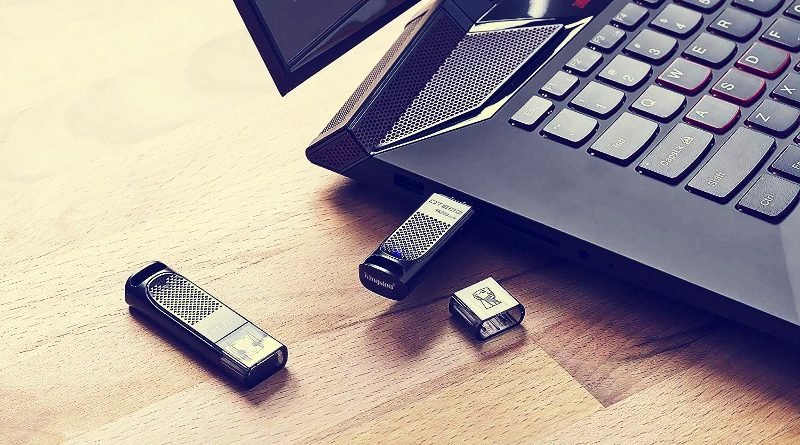A short guide to USBs
Just about any modern device has some sort of universal serial bus – or more commonly USB – connection.
If you’ve used one before, you’ll know that they let you connect your devices to various accessories and displays. And if you keep up with the news, you might even have heard that the EU will require all iPhones to use USB-C chargers by 2024.
You’d be forgiven for not knowing much beyond this. But the thing is, the USB system is incredibly versatile. And this means that they’re not going away anytime soon. So, if you want to stay tech-savvy, it’s time to get to grips with all things USB.
Keep reading to learn more about what they are, what they’re used for, and what different types there are.
What are USBs?
A USB is a piece of computer hardware that’s used to connect different devices.
USBs have become indispensable over the past few decades. You can find USB ports on countless devices, including:
- Desktop computers
- Laptops
- Games consoles
- TVs
- Cars
- Media players
- And more
There are many different types of USBs, and they can be used in a variety of different applications.
What are USBs used for?
Before the USB, connecting devices to computers was a real headache. Connections such as serial or parallel ports were slow and impractical – fortunately, USBs came along and changes the game.
USBs give you a single, standardised, and user-friendly way to connect devices. They allow you to charge your devices, transfer data between them, and – as you’ll soon find out – some types of USBs even let you connect your device to a visual display.
What are the different types of USB?
So, you now know all about USBs in general. Yet USBs have evolved over the years, becoming progressively smaller, faster, and more powerful. As a result, we’ve inherited many different variants. So, what are the main types?
- USB-A: The original type of USB, mostly used for devices and transferring data.
- USB-B: A larger connector, used for devices such as scanners and printers. Usually, they have a USB-A on the other end of the cable.
- Micro-USB: Smaller than the USB-A, this type of USB is perfect for portable devices.
- Mini-USB: This is a smaller version of the USB-B. It was used to transfer data or charge portable devices before the Micro-USB hit the market.
- USB-C: This is the highest standard of USB currently available. Like its predecessors, it lets you charge devices and transfer data between them. Yet it goes further than any USB before by also allowing you to connect your device to displays.
There’s a lot to learn when it comes to these handy bits of hardware. But hopefully, you’re more up to date after reading this guide. What’s your key takeaway about USBs?

